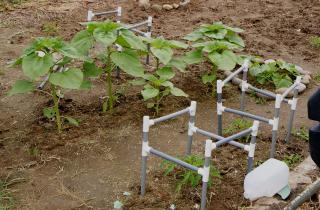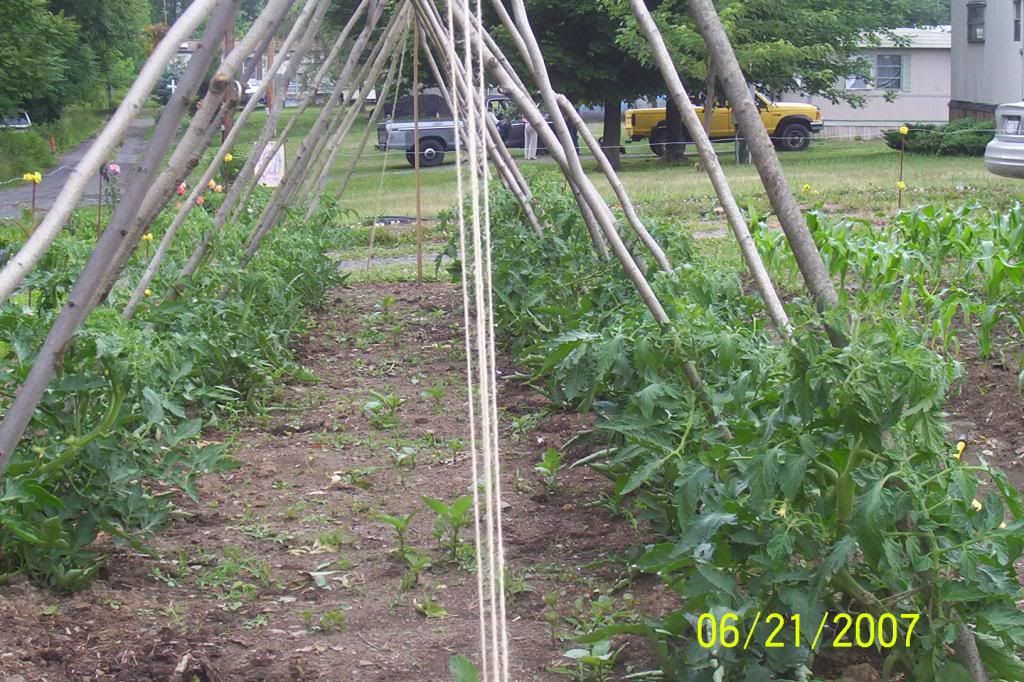OldGuy43
Garden Ornament
I've decided on Heinz Classic Heritage Tomatoes from Bonnie Plants. I'm starting small with 4 plants and plan on staking them.
Do I put the stakes in when I plant or wait until they get a little bigger? Last time I used those wire cage things, and found them to be a pain in the...
As always, any other hints and tips would be appreciated.
Do I put the stakes in when I plant or wait until they get a little bigger? Last time I used those wire cage things, and found them to be a pain in the...
As always, any other hints and tips would be appreciated.








